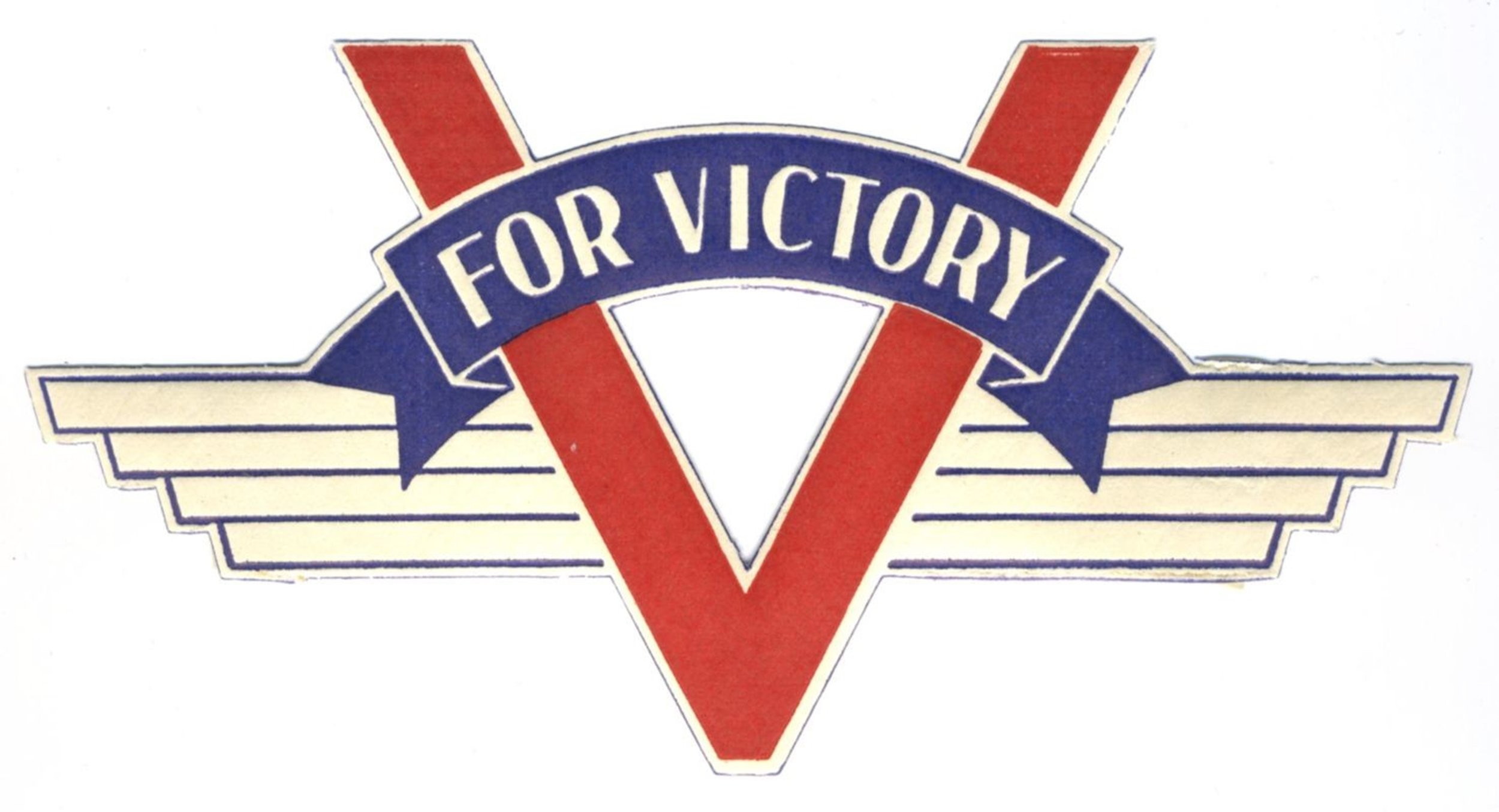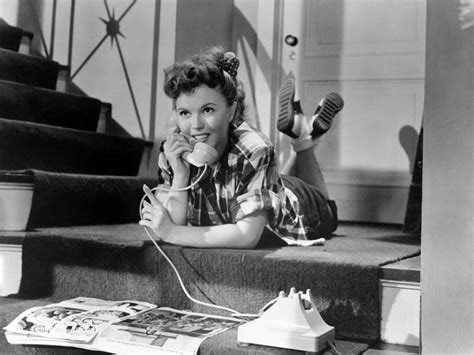Lifestyle
This decade was one of simple living and strong family ties. People spent more time together; children indulged in creative, imaginative play.
Most importantly, Americans were patriotic, strong, and united.

“How to Keep a Job” in 1949
WATCH: This video illustrates simply and instructively how to keep a job and be an invaluable employee.

That Marvelous “V for Victory”
“V for Victory” was a sturdy symbol, daily before the civilians on Homefront, U.S.A. In many forms and in many ways, it guided Americans through the war.

When Wrigley’s Went to War
By the time World War II arrived, the famous chewing gum was chewed not only by civilians, but also reached the front lines, being vigorously chewed by soldiers, sailors, even generals, as a stress-reliever. In fact, if Wrigley’s had never “gone to war”, it might not still exist today.

Storyland: The Poky Little Puppy, Tootle, & Others
While Popeye was telling children to eat their spinach, children’s books of the period, particularly before and during the war, upheld high morals through thinly disguised lessons taught to puppies and trains.

Wartime Message to Children (1942)
During the war, even children had a patriotic sense of duty. “Know what we are fighting for, love your country more than ever, keep calm, help with war work, and do today’s work well.”

That’s How They Said it: Slang of the 1940s
Each era has its own set of colorful vocabulary. Following is a selection of slang, phrases, and expressions from the 1940s—some of which we still use today.

For the Kiddies: Children’s Toys and Games
During the era, children were creative. It was a time when simple amusements could entertain youngsters for hours.
